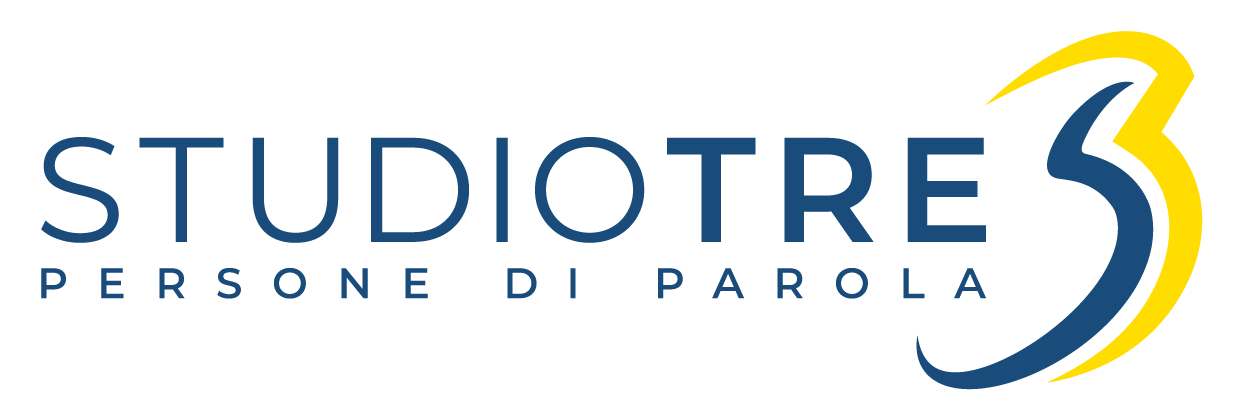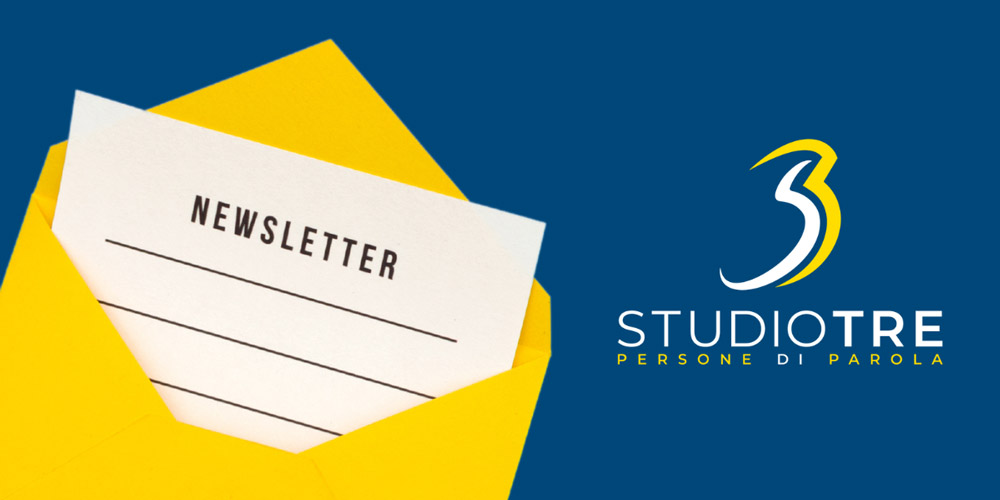Communicate without barriers
In an increasingly inclusive world, making your content accessible to people with hearing, vision, and cognitive impairment is a must. It’s a matter of ethics, social responsibility, and being aware of the world around us. It’s also an opportunity to reach a wider audience and attract new talents and clients. According to estimates, global e-commerce sites are losing $16.8 billion a year because they are not serving people with disabilities and special needs.
If you want to make sure your website and content are accessible and inclusive and improve your business, we can help.
Our language access services
CC – closed captioning
Closed captioning helps make audiovisual content accessible to people with hearing impairments. It involves transcribing spoken words, non-verbal elements, and sound effects. For example, it can indicate when the music gets louder, or a train is passing by.
AUDIO DESCRIPTION
Audio description improves the viewing experience of blind and visually impaired people by adding a narration track to films, TV programmes, plays, live events, or any other visual content. This track describes visual elements, such as actions, facial expressions, costumes, and scenes, which cannot be perceived through dialogues and background sounds.
SIGN LANGUAGE INTERPRETING
Sign language is crucial for making any event accessible to deaf and hard-of-hearing people. Learn more.
BRAILLE TRANSCRIPTION
We translate and convert printed or digital text into Braille, a tactile code that allows blind and partially-sighted people to read through touch.
Make your content accessible.






